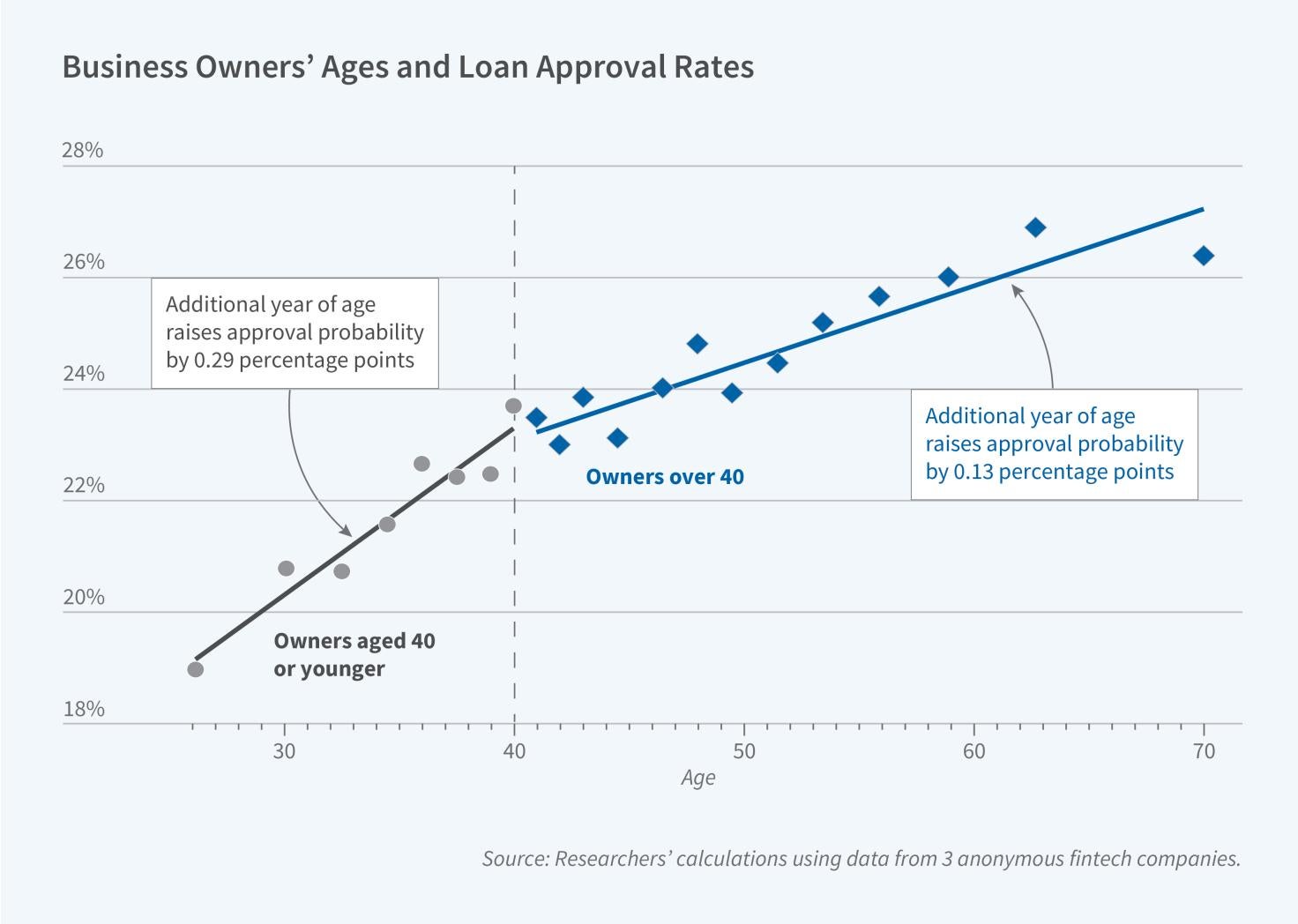National Bureau of Economic Research
Latest from the NBER
NBER Launches Initiative on Economic Measurement
news article
Recognizing the challenges to traditional approaches to economic measurement—among others, declining survey response rates, the growing economic significance of hard-to-measure digital services, and the rise of the gig economy—the NBER has launched a new initiative on economic statistics. The National Science Foundation (NSF) has awarded the NBER a multi-year grant to promote research on economic measurement as well as the development and implementation of new approaches to the creation of official economic statistics. The Economic Measurement Research Institute (EMRI) is co-directed by research associates...
A research summary from the monthly NBER Digest

Hospital Acquisitions of Physician Practices Generate Price Increases Without Evidence of Quality Improvements
article
In recent years, there has been a dramatic increase in hospital acquisitions of physician practices that has transformed the structure of healthcare delivery across the United States. While antitrust enforcement has typically focused on horizontal mergers between direct competitors, there has been less regulatory scrutiny of these vertical or complementary acquisitions despite their potential impact on competition and pricing.
In Are Hospital Acquisitions of Physician Practices Anticompetitive? (NBER Working Paper 34039), Zack Cooper, Stuart V. Craig, Aristotelis Epanomeritakis, Matthew Grennan, Joseph R. Martinez, Fiona Scott Morton, and Ashley T. Swanson examine whether practice acquisitions...
From the NBER Bulletin on Health

Pain Management and the Opioid Epidemic
article
Death rates due to drug poisonings began to surge in the US in the mid-1990s, marking the emergence of an epidemic that has persisted for three decades. The health consequences have been stark, with annual deaths exceeding 100,000 since 2021.
In Prescription for Disaster: The SSDI Rate, Pain, and Prescribing Practices (NBER Working Paper 34265), William N. Evans and Ethan M. J. Lieber examine characteristics of counties in 1990—prior to the surge—that predict the county-level severity of opioid deaths after 2000. After considering a wide range of potential determinants, they focus on one factor: the percentage of the working-age population...
From the NBER Reporter: Research, program, and conference summaries

Global Value Chains: A Firm Level Approach
article
Global value chains have come under severe scrutiny in the past few years. Pandemic-era shortages, geopolitical concerns, and new industrial strategies have all revived an old worry: have firms become too dependent on a handful of foreign suppliers and assembly hubs? Should governments use policy tools such as tariffs or subsidies to promote domestic manufacturing employment and capabilities?
The heart of this debate centers around a firm’s decisions about whether and how to participate in global value chains: which countries will supply its components, where should it open assembly plants, and what foreign markets shall it enter to sell its goods?
Our research starts from the premise that the right unit of analysis for understanding this system is not the country or the industry, but the firm…
From the NBER Bulletin on Entrepreneurship

Underwriting Based on Cash Flow Helps Younger Entrepreneurs Access Credit
article
Younger entrepreneurs are disadvantaged in small business loan markets because lenders rely heavily on personal credit scores, which favor long histories of repaying debt. In Modernizing Access to Credit for Younger Entrepreneurs: From FICO to Cash Flow (NBER Working Paper 33367), researchers Christopher M. Hair, Sabrina T. Howell, Mark J. Johnson, and Siena Matsumoto document this fact and show that younger entrepreneurs benefit from underwriting that augments personal credit scores (like FICO) with cash flow data. They analyze comprehensive…
Featured Working Papers
Immigrant college students in the US are disproportionately employed at the extremes of the firm size distribution—in large multinationals or small firms/self-employment. Immigrant students who remain in the US earn more, on average, than their native peers, according to Francis M. Dillon, Sari Pekkala Kerr, William R. Kerr, and Andrew J. Wang
On average, workers earning the minimum wage over the period 1994–1998 more than tripled their inflation-adjusted earnings by 2021, and nearly reached the median of the overall earnings distribution. Workers under 30 drove most of this upward mobility, according to Sari Pekkala Kerr, William R. Kerr, and Louis J. Maiden.
Jonathan H. Cantor, Jill Horwitz, Christopher M. Whaley, and Anthony Yu study mortality data from 1979–2004 across 15 states and find that lung cancer deaths per 100,000 residents fell by 1.6 in the first three years following repeal of Certificate of Need laws, which regulate healthcare facility entry and capital investments.
Procyclical stocks, those whose cash flows rise with expected GDP growth, earn premia ranging from 3.4 to 8.8 percent annually relative to countercyclical stocks, according to William N. Goetzmann, Akiko Watanabe, and Masahiro Watanabe.
Todd D. Gerarden, Bryan K. Bollinger, Kenneth Gillingham, and Daniel Xu estimated that over the 2012–2020 period, US tariffs on solar panels generated $1.4 billion in government revenue and a loss of consumer surplus of $6.9 billion and environmental benefits of $148.4 billion.
In the News
Recent citations of NBER research in the media
_______________________________________
Research Projects
Conferences
Books & Chapters
Through a partnership with the University of Chicago Press, the NBER publishes the proceedings of four annual conferences as well as other research studies associated with NBER-based research projects.
Videos
Recordings of presentations, keynote addresses, and panel discussions at NBER conferences are available on the Videos page.